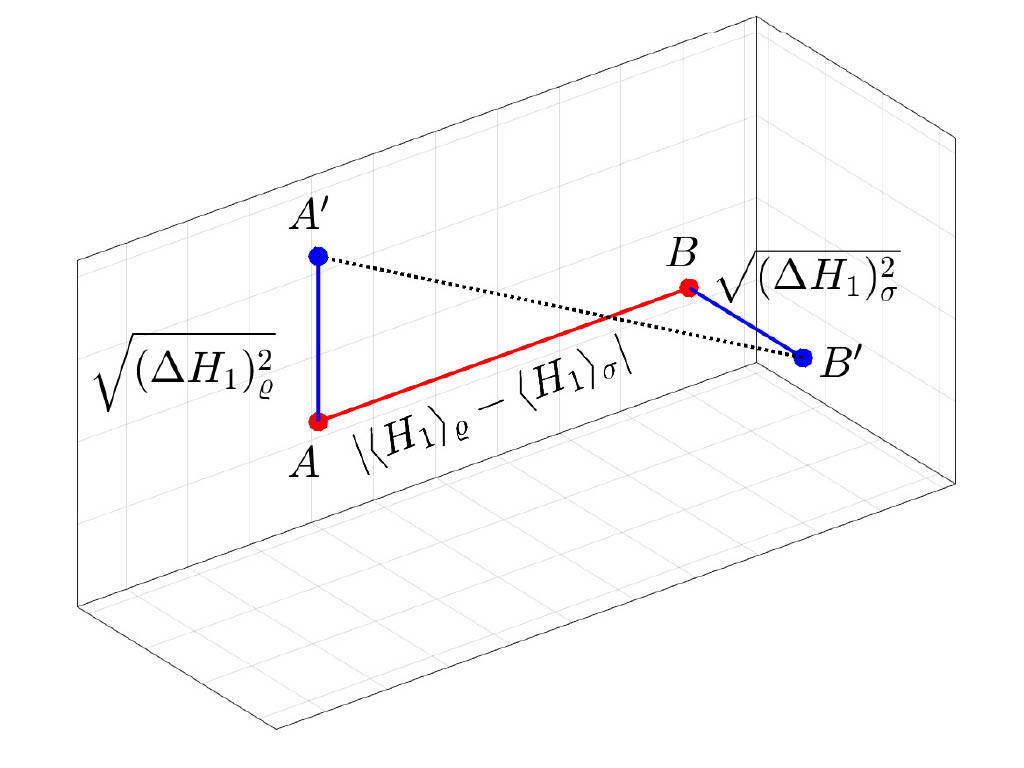The article of our colleagues Géza Tóth and József Pitrik with the title "Quantum Wasserstein distance based on an optimization over
separable states" has been published in the journal Quantum (D1, impact factor 6.777).
In probability and statistics, defining the distance of probability measures or probability density functions plays a central role. However, many traditional distance definitions do not effectively characterize the difference between two density functions. For example, if two probability density functions p (x) and q(x) have disjoint support, that is, p(x)=0 whenever q(x)>0, at the usual distances p(x) and q(x) distance is maximal, regardless of how far the supports of p and q are from each other. Let e.g., p(x) is a function that is non-zero only for 0<x<1, while q(x) is non-zero only for 10<x<11. The distance will be maximal in the same way as if q(x) were non-zero only for 100<x<101. This phenomenon is usually expressed as the distance between p and q being insensitive to the underlying metric. The problem is remedied by the so-called Wasserstein distance defined in optimal transport theory, the basic idea of which can be illustrated with the following example. Suppose we have a pile of sand of a unit volume described by the density function p(x). We want to move this pile of sand to another place, and we expect it to have a density q(x). The transport is characterized by a cost function, which of course depends on the distance between the two piles of sand, i.e., the underlying metric. The Wasserstein distance is essentially the total cost of moving the sand from a pile with a distribution p(x) to another one with a distribution q(x). The Wasserstein distance can be defined in several ways for the quantum case. One of these possibilities is when the expected value of an operator is minimized on bipartite quantum states with a given marginal. A surprising feature of the so-called quantum Wasserstein-2 distance is that the self-distance, i.e., the distance of a quantum state from itself, can be non-zero. For the quantity defined by De Palma and Trevisan, the square of the self-distance is equal to the Wigner-Yanase skew information. Géza Tóth and József Pitrik showed that if we limit the optimization to the set of separable states, we get a new and interesting quantity. The paper examined the properties of the quantity and its relation to entanglement theory. They proved that the square of the self-distance is equal to the quantum Fisher information, a central notion in quantum metrology, over four, if we consider a single local operator to define the cost operator.

The article is available here:
Quantum 7, 1143 (2023).: https://quantum-journal.org/papers/q-2023-10-16-1143/



